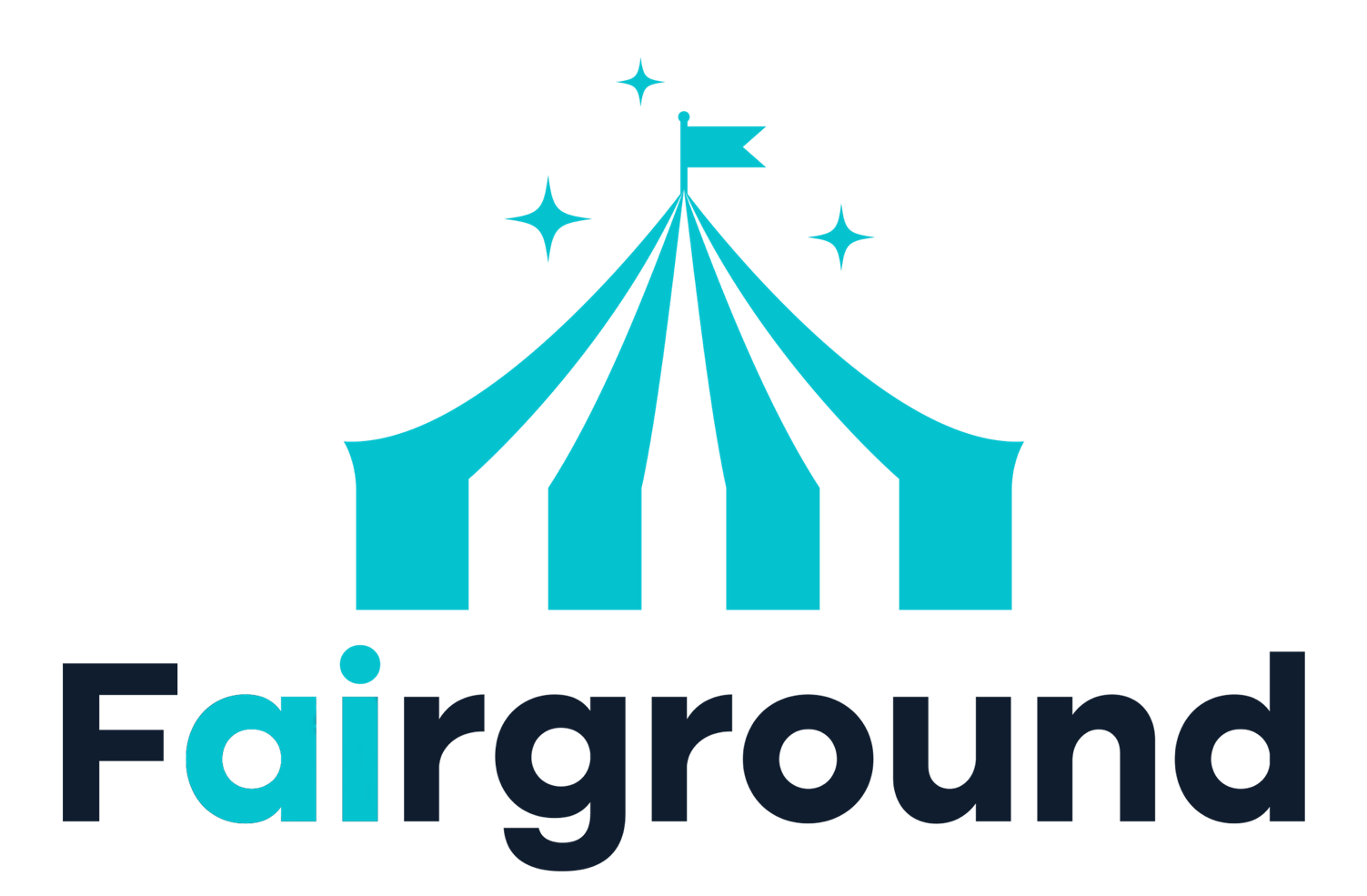ATSC Partnering with SBE, IEEE on Next Gen TV Education
WASHINGTON–The IEEE Broadcast Technology Society (BTS) and the Society of Broadcast Engineers (SBE) are partnering with the Advanced Television Systems Committee (ATSC) to help educate the industry on the implementation and benefits of Next Gen TV powered by the new ATSC 3.0 standard.
SBE and ATSC announced the development of a new SBE ATSC 3.0 Specialist certification at the 2018 ATSC Next Gen TV Conference. The new certification will benchmark an individual's ATSC 3.0 standards proficiency. Now, together with BTS, SBE and ATSC are announcing new opportunities for industry professionals to prepare for ATSC 3.0 certification.
BTS will host ATSC 3.0 training classes to be taught by expert Gary Sgrignoli of Meintel, Sgrignoli, and Wallace, the noted digital TV transmission consulting firm. The ATSC 3.0 one-day courses will be hosted at sites throughout the United States and will cover the ATSC 3.0 transmission subsystem and prepare participants to take the ATSC 3.0 certification exam. Course dates, locations and registration can be found on the Broadcast Technology Society web site.
SBE will begin a multipart ATSC 3.0 webinar series this month starting with Module One, “Introduction to ATSC 3.0,” Sept. 12, presented by ATSC Technology Group 3 chair, Madeleine Noland, Senior Advisor, Technology and Standards, at LG Electronics. Module Two, “Overview of the Physical Layer,” will be held on Oct. 17, presented by Luke Fay, Senior Manager Technical Standards, Sony Electronics. SBE will present additional ATSC 3.0 webinar modules throughout 2019. For dates and registration visit the SBE website.
SBE has identified that the Certified Broadcast Networking Engineer (CBNE) certification will be a recommended prerequisite for the ATSC 3.0 specialist certification.
[Read: ATSC, SBE Developing ATSC 3.0 Certification]
ATSC 3.0 provides a flexible and more efficient physical layer, mobility, ultra-high definition and high dynamic range images, new solutions for immersive and personalized audio, an all IP-based transport system, hybrid broadcast/broadband services, advanced emergency advisories and incorporation of new user technologies such as interactivity.
The ATSC 3.0 suite of standards has been released, and the FCC has approved the voluntary implementation of Next Gen TV broadcasting using ATSC 3.0. A number of initial deployments are underway to explore system performance and new opportunities for broadcasters, manufacturers and viewers.
For a comprehensive list of TV Technology’s ATSC 3.0 coverage, see our ATSC3 silo.
Get the TV Tech Newsletter
The professional video industry's #1 source for news, trends and product and tech information. Sign up below.
